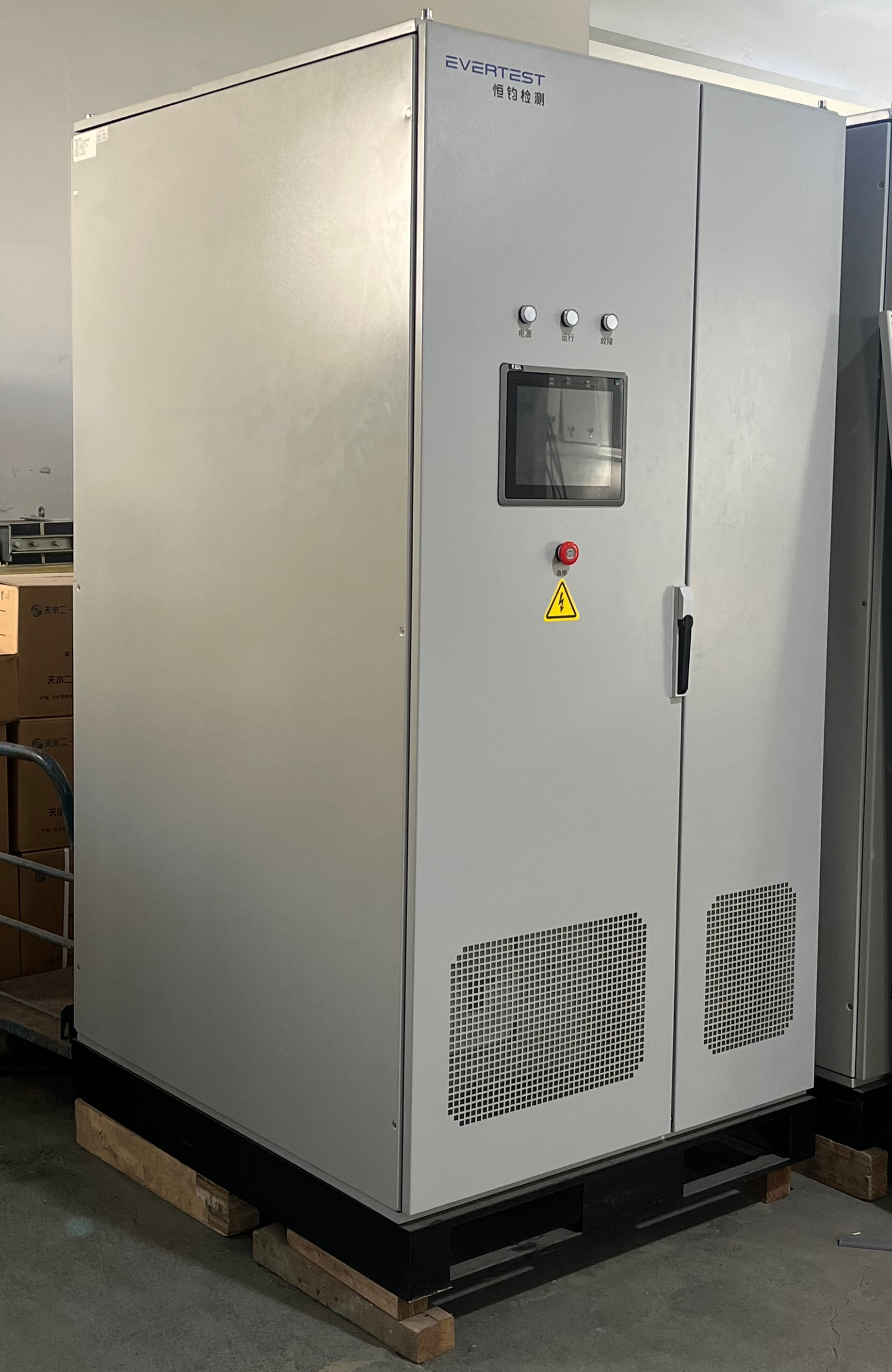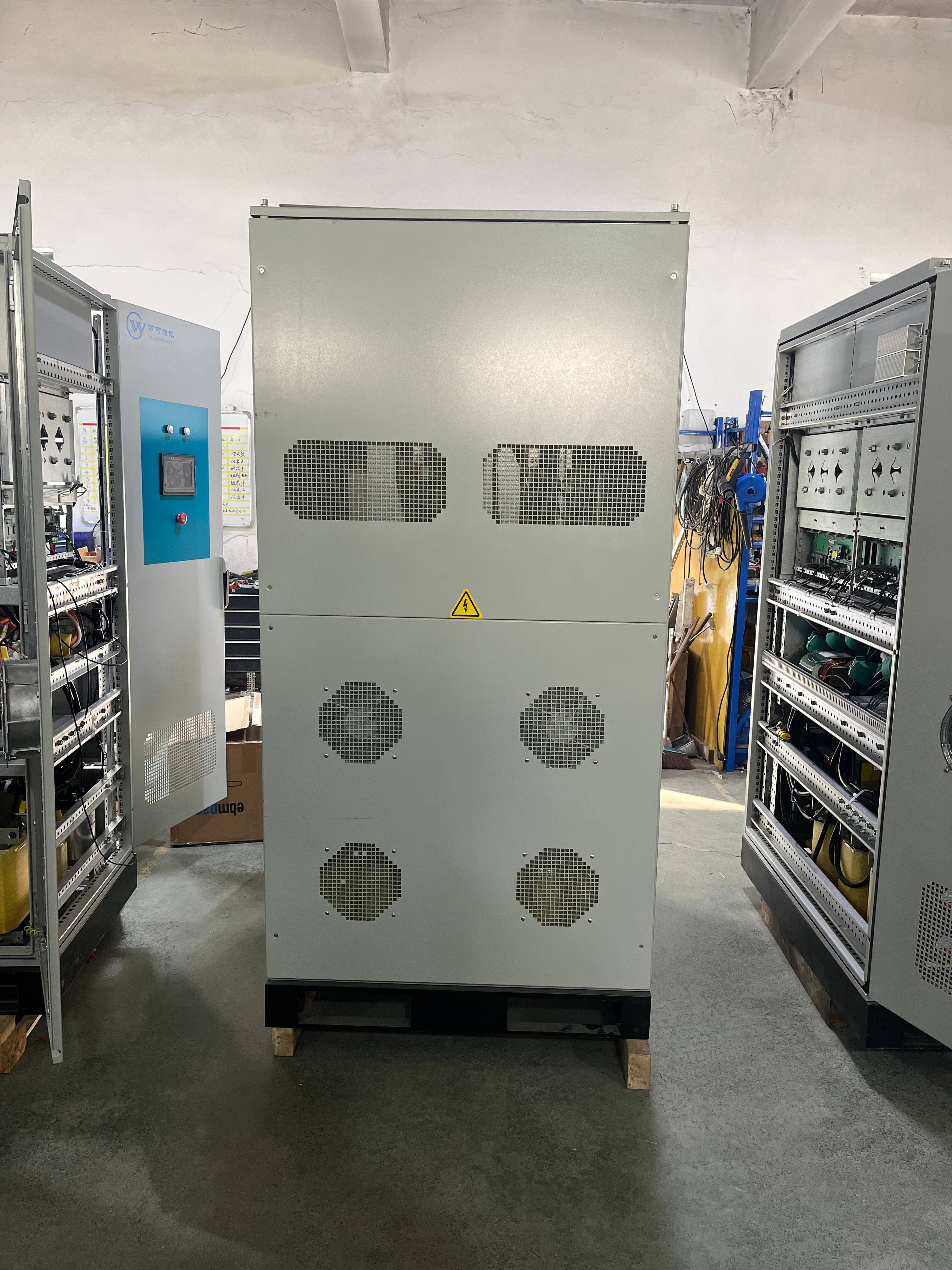Understanding the Revolution in Power Laboratory Equipment
The landscape of power laboratories is undergoing a dramatic transformation with the emergence of bidirectional DC power supply technology. These advanced systems are redefining how engineers and researchers approach power testing, energy storage, and device validation. By enabling both power sourcing and sinking capabilities within a single unit, bidirectional DC power supply solutions are streamlining laboratory operations while significantly reducing energy waste.
The integration of these sophisticated power systems represents a paradigm shift in how laboratories handle power management and testing procedures. Modern power labs face increasing demands for more efficient, flexible, and sustainable testing solutions. The ability to both source and sink power through a single device not only saves valuable laboratory space but also opens up new possibilities for advanced testing scenarios.
Core Components and Functionality
Power Flow Management System
At the heart of a bidirectional DC power supply lies its sophisticated power flow management system. This advanced component controls the seamless transition between source and sink modes, ensuring stable operation throughout the testing process. The system continuously monitors power parameters, including voltage, current, and power levels, making real-time adjustments to maintain optimal performance.
The power flow controller employs advanced algorithms to manage energy direction, enabling smooth transitions without disrupting the device under test. This level of control is essential for applications such as battery testing, where precise charge and discharge cycles are critical for accurate results.
Energy Recovery Architecture
The energy recovery system represents a cornerstone feature of bidirectional DC power supply units. Instead of dissipating excess power as heat, these systems can redirect energy back to the grid or other devices, significantly improving overall efficiency. This architecture incorporates high-performance power conversion stages that maintain high efficiency in both operating directions.
Modern energy recovery systems can achieve recovery rates exceeding 90%, translating to substantial energy savings in high-power testing applications. This capability is particularly valuable in continuous testing scenarios where traditional power supplies would waste considerable energy through heat dissipation.

Applications and Implementation
Battery Testing and Development
The bidirectional DC power supply has revolutionized battery testing procedures by providing comprehensive charge-discharge capabilities within a single unit. This functionality is crucial for battery development, where repeated cycling tests are necessary to evaluate battery performance and longevity. The precise control over power flow enables researchers to simulate real-world usage scenarios more accurately.
Advanced testing protocols can be implemented to assess battery behavior under various conditions, including different charge rates, temperature variations, and load profiles. The ability to recover energy during discharge cycles significantly reduces testing costs and environmental impact, particularly in large-scale battery validation programs.
Renewable Energy System Validation
In the renewable energy sector, bidirectional DC power supply systems play a vital role in validating power conversion equipment and energy storage solutions. These systems can simulate various renewable energy sources, such as solar panels or wind turbines, while also emulating grid conditions and energy storage systems.
The flexibility of bidirectional operation allows engineers to test multiple scenarios, including grid-tied operation, islanding conditions, and various fault situations. This comprehensive testing capability ensures that renewable energy systems meet regulatory requirements and perform reliably under diverse operating conditions.
Efficiency Improvements and Benefits
Energy Conservation Metrics
The implementation of bidirectional DC power supply technology leads to substantial energy savings in laboratory operations. Traditional testing setups often require separate source and load equipment, resulting in significant energy waste through heat dissipation. Bidirectional systems can reduce energy consumption by up to 80% in certain applications by recycling power that would otherwise be lost.
Regular monitoring of energy conservation metrics helps laboratories quantify the benefits of bidirectional systems. Key performance indicators include energy recovery efficiency, reduced cooling requirements, and decreased power consumption during extended testing cycles.
Operational Cost Reduction
Beyond direct energy savings, bidirectional DC power supply systems offer significant operational cost benefits. The consolidation of source and sink functions into a single unit reduces equipment costs and maintenance requirements. Laboratory space utilization improves, and the need for additional cooling infrastructure decreases.
The long-term cost advantages become particularly apparent in high-power testing applications, where energy costs represent a substantial portion of operational expenses. The reduced environmental impact also aligns with corporate sustainability goals and may qualify for energy efficiency incentives.
Future Developments and Trends
Advanced Control Systems
The evolution of bidirectional DC power supply technology continues with the development of more sophisticated control systems. Artificial intelligence and machine learning algorithms are being integrated to optimize power flow management and predict system behavior. These advances enable more efficient operation and enhanced testing capabilities.
Future control systems will likely incorporate predictive maintenance features, remote monitoring capabilities, and automated test sequence optimization. These improvements will further increase the value proposition of bidirectional systems in modern power laboratories.
Integration with Smart Grid Technologies
As power grids become increasingly intelligent and interactive, bidirectional DC power supply systems are evolving to support smart grid integration. Advanced communication protocols and grid-interactive features enable these systems to participate in grid services while maintaining their primary testing functions.
The ability to respond to grid conditions and participate in demand response programs opens new opportunities for laboratories to generate additional value from their testing equipment. This capability may become increasingly important as grid modernization efforts continue to expand.
Frequently Asked Questions
What distinguishes a bidirectional DC power supply from traditional power supplies?
A bidirectional DC power supply can both source and sink power, allowing it to simulate both power sources and loads. Traditional power supplies typically only provide power in one direction. This dual functionality enables more comprehensive testing capabilities while improving energy efficiency through power recycling.
How does energy recovery technology impact laboratory operating costs?
Energy recovery technology can significantly reduce laboratory operating costs by recycling power that would otherwise be wasted as heat. This results in lower electricity bills, reduced cooling requirements, and decreased environmental impact. Many laboratories report cost savings of 40-60% after implementing bidirectional systems.
What maintenance requirements are associated with bidirectional DC power supplies?
Bidirectional DC power supplies typically require regular calibration and periodic inspection of power components. However, the maintenance burden is often lower than maintaining separate source and load equipment. Modern systems include self-diagnostic capabilities and predictive maintenance features that help minimize downtime and maintenance costs.



